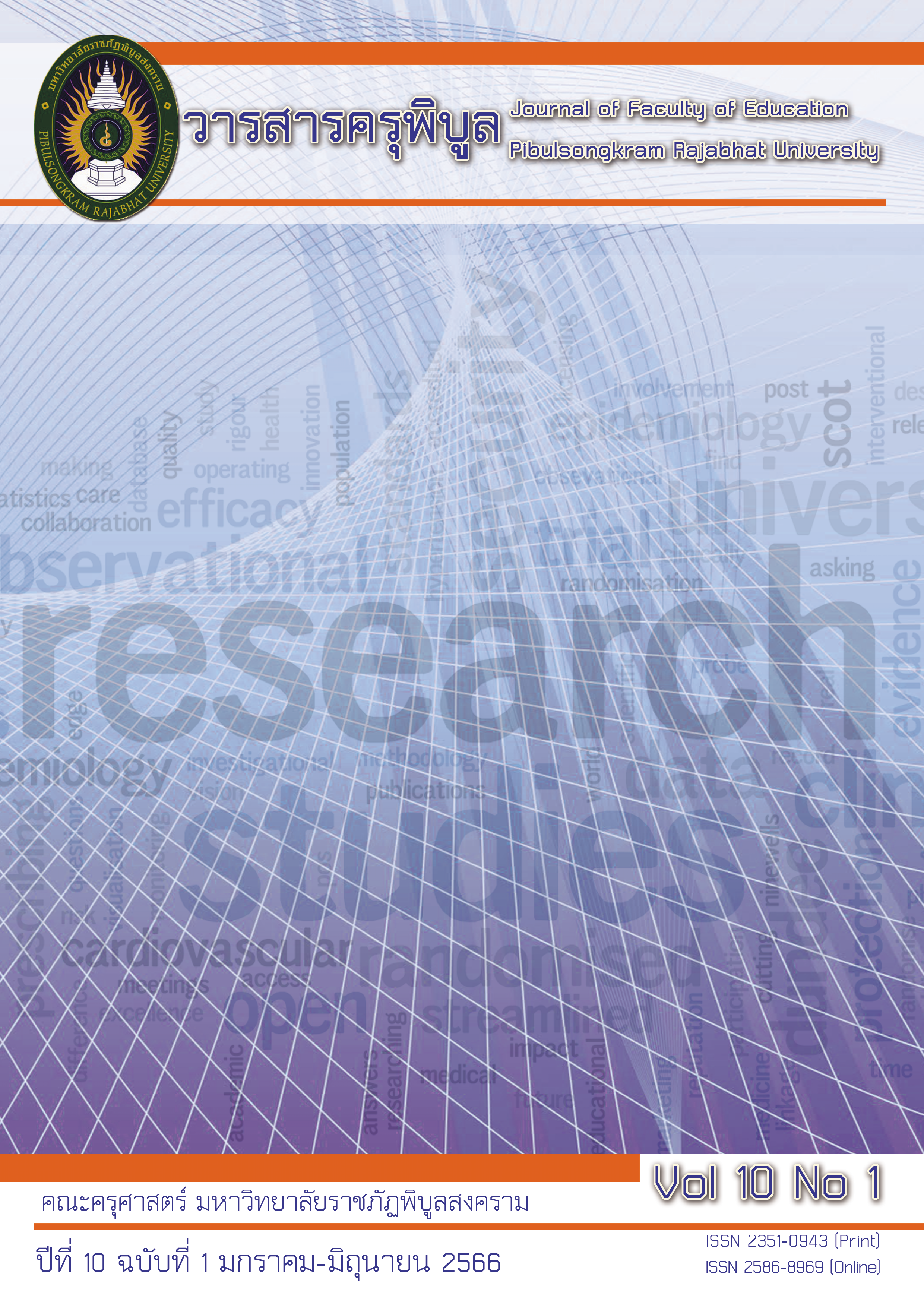THE FACTORS RELATED TO JAPANESE TRANSLATION ABLILITY BY ONLINE LEARNING OF JAPANESE PROGRAM STUDENTS, FACULTY OF HUMANITIES AND SOCIAL SCIENCES AT SUANSUNADHA RAJABHAT UNIVERSITY
Keywords:
Japanese translation ability , Related factors , Japanese translationAbstract
The purposes of the research were to study the factors related to Japanese translation ability of Japanese Program Students. The sample were 121 Japanese programs students at Suansunandha Universities by purposive sampling. There were statistically significant differences in the factors related to Japanese translation ability at the level of .05. The factors were basic language skill, cultural and meaningful translation, and students’ attitude in translation in online class. Japanese online class environment can be discussed that the first factor related to the Japanese language translation skills of students of Japanese program was basic Japanese language skill, which showed correlation coefficient at 0.243. The second factor was a cultural and meaningful translation with a correlation coefficient at 0.225. And the last factor went to a Japanese online class environment at a correlation coefficient of 0.182. The findings revealed the online Japanese classroom must be designed to increase basic Japanese language skills and cultural and meaningful translation skill as well as create online materials to develop students’ translation skills.
References
กนกรัตน์ ปิลาผล. (2565). ผลการจัดกิจกรรมสนทนาอิสระที่มีต่อความสามารถในการพูดภาษาญี่ปุ่นของ
นักศึกษาชั้นปีที่ 3 สาขาวิชาภาษาญี่ปุ่น คณะมนุษยศาสตร์และสังคมศาสตร์ มหาวิทยาลัยราชภัฏพิบูลสงคราม. วารสารครุพิบูล, 9(1), 25-34.
ทัศนีย์ เมธาพิสิฐ. (2546). สภาพการศึกษาภาษาญี่ปุ่นในประเทศต่างๆทั่วโลก.วารศาสตร์ศิลปศาสต
ธรรมศาสตร์, 5(1), 76-84.
ธนพรรณ ทรัพย์ธนาดล. (2554). ปัจจัยที่มีผลกระทบต่อการจัดการเรียนการสอนบทเรียน ออนไลน์ของ
มหาวิทยาลัยราชภัฏนครราชสีมา. วารสาร Veridian E-Journal SU, 4(1), 652 – 666.
บุปผา ไชยแสง.(2562). ผลการจัดการเรียนการสอนโดยใช้สื่อสังคมออนไลน์วิชาสารสนเทศเพื่อการเรียนรู้
ตลอดชีวิตของนักศึกษาระดับปริญญาตรีมหาวิทยาลัยราชภัฏยะลา. วารสารอินฟอร์เมชั่น,26(1),73-86.
ปรีมา มัลลิกะมาส. (2562). ปัญหาการแปลที่เกิดจากหน่วยสร้างกริยาเรียงในภาษาไทย. วารสารการแปล
และ การล่าม, 1(1), 50-62.
สมเกียรติ เชวงกิจวณิช.(2563). ปัญหาการแปลภาษาญี่ปุ่น-ปัญหาเกี่ยวกับโครงสร้าง. วารศาสตร์ ศิลปศาสตร์
ธรรมศาสตร์, 20(1), 40-54.
อรรถพล ทองวิทยาพรม,จำนง วงษ์ชาชม, และสุทิศา ซองเหล็กนอก. (2561). การใช้สื่อออนไลน์เพื่อ
ส่งเสริมการเรียนรู้ของนักศึกษาวทิยาลยัเทคโนโลยีอุตสาหกรรมศรีสงคราม มหาวิทยาลัยนครพนม.
วารสารมหาวิทยาลัยนครพนม, 8 (3), 81-89.
อัจฉรา ไล่ศัตรูไกล. (2560). ตำรา EN 322 จุดมุ่งหมาย หลักการและวิธีแปล (Nature and Method of
Translations). สำนักพิมพ์มหาวิทยาลัยรามคำแหง.
Komori kazuko, Mikuni jynko and Koudou yasugeshi, (2004). What Percentage of
Known Words in a Text Facilitates Reading Comprehension? A Case Study for Exploration of the Threshold of Known Words. Journal of Japanese
language teaching. 120, 83-92.
Michels, Dianne Marie. (1996) .Tow-Year Colleges and the Internet: An Investigation of TheIntegration Practices and Beliefs of Faculty Internet Users. Dissertation abstract; Ed.D.,University of Minnesota.
Satoko Suzuki. (2006). Emotive Communication in Japanese. Amsterdam and
Philadelphia: John Benjamins, 2006. ISBN 90-272-5394-3234 pp
Downloads
Published
Issue
Section
License
Copyright (c) 2023 คณะครุศาสตร์ มหาวิทยาลัยราชภัฏพิบูลสงคราม

This work is licensed under a Creative Commons Attribution-NonCommercial-NoDerivatives 4.0 International License.
ลิขสิทธิ์เป็นของคณะครุศาสตร์ มหาวิทยาลัยราชภัฏพิบูลสงคราม


